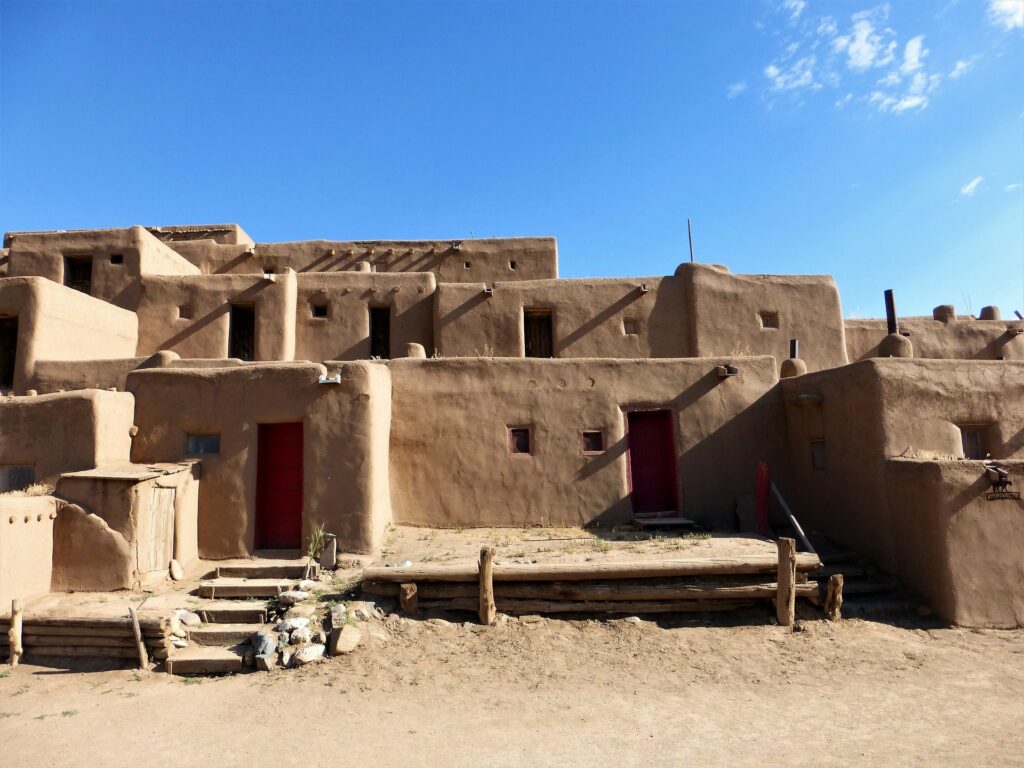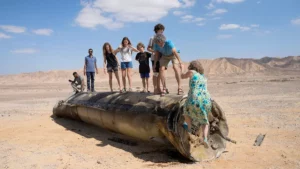Climate change: learning from ancient building techniques

As global temperatures continue to rise, and amid the ongoing energy crisis, the construction industry in Morocco is taking inspiration from the power-saving characteristics of ancient homes.
Traditional Moroccan houses, riads, built hundreds of years ago in the old medina in Marrakech, feature a very efficient cooling system that is far more environmentally-friendly.
Most riads are built 50 centimetres above the ground on foundations made of stones, and together with thick walls, high ceilings, good airflow, and big wooden double doors, they provide natural insulation.
Kasbah and riad owner, Abdessalam Damoussi, says that looking after the environment was at the centre of this type of architecture and way of building for a number of reasons.
“One, is the materials used. They used compacted earth in the old days. They used to put planks of wood and the walls sometimes, they are one-metre-thick, then they compact, they do the compacting of the earth and that is an insulation system. In the winter, it is warm inside, and in the summer, it is cool,” he said.
Riads also rely on their environment. Trees planted around them provide shade and water fountains are also a common feature that bring humidity to the air.
The same energy-saving strategies apply to kasbahs, which are visited by numerous tourists.
“I think what’s particularly interesting about riads is the symbiosis of history, heritage, specifically Islam and Islamic heritage in this part of the world. And the idea that they conserve energy and need very little energy put into them. I mean, energy bills in London are huge and especially with energy prices,” said Benjamin, a visitor from the United Kingdom.
Architect Karim El Achak drew inspiration from the ancient building techniques when he worked on a new house in Lalla Takerkoust, 37 kilometres outside of Marrakech.
The orientation of this new house was carefully chosen, the walls are 50 centimetres thick, and the ceilings are curved to facilitate airflow.
But what sets it apart from a riad is its building material, which is not entirely natural.
“It’s a technique, a little bit of earth casting, that we experimented with using local soil with a small dose of stabiliser. Because this house for example, it does not have the objective of being 100% eco-friendly, we’re still use existing materials because it’s a question of cost. But it aims to be passive,” he said.
Environmentalists would no doubt agree, that this type of passive cooling in modern houses would go some way to mitigating the impact of climate change.





